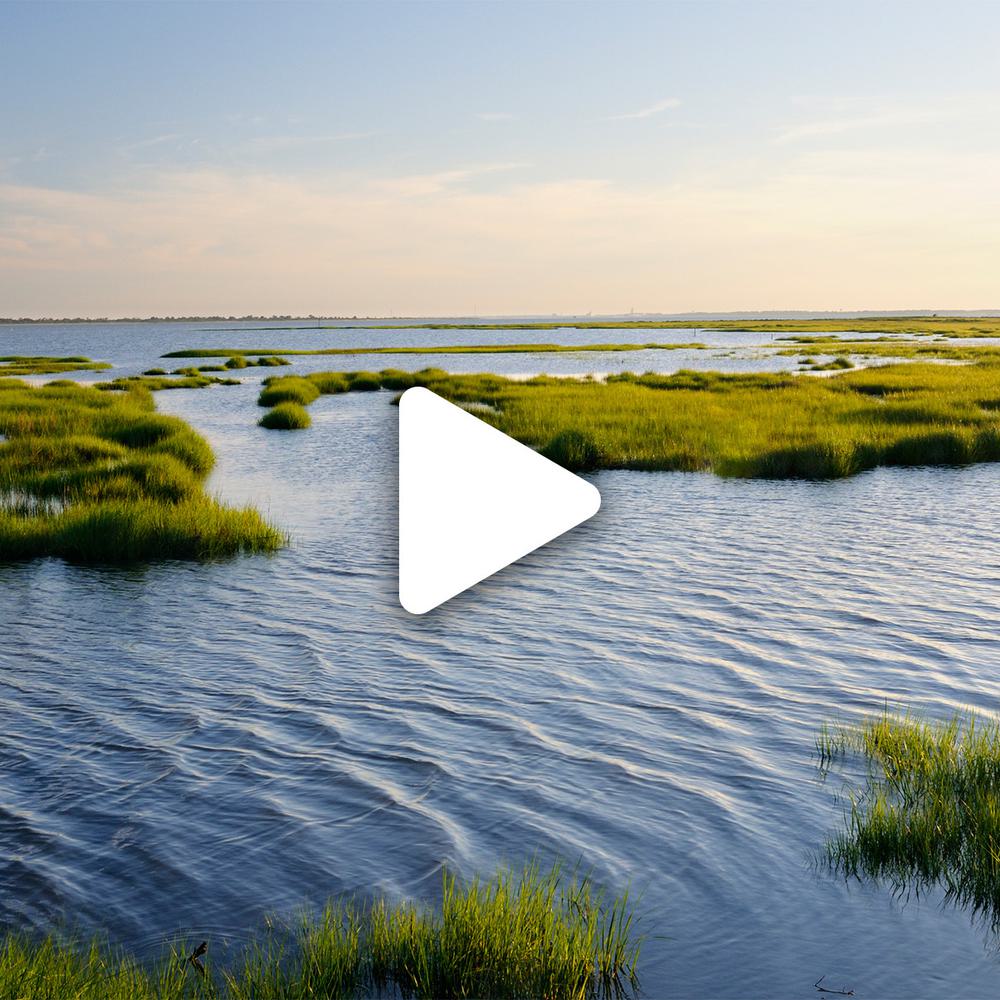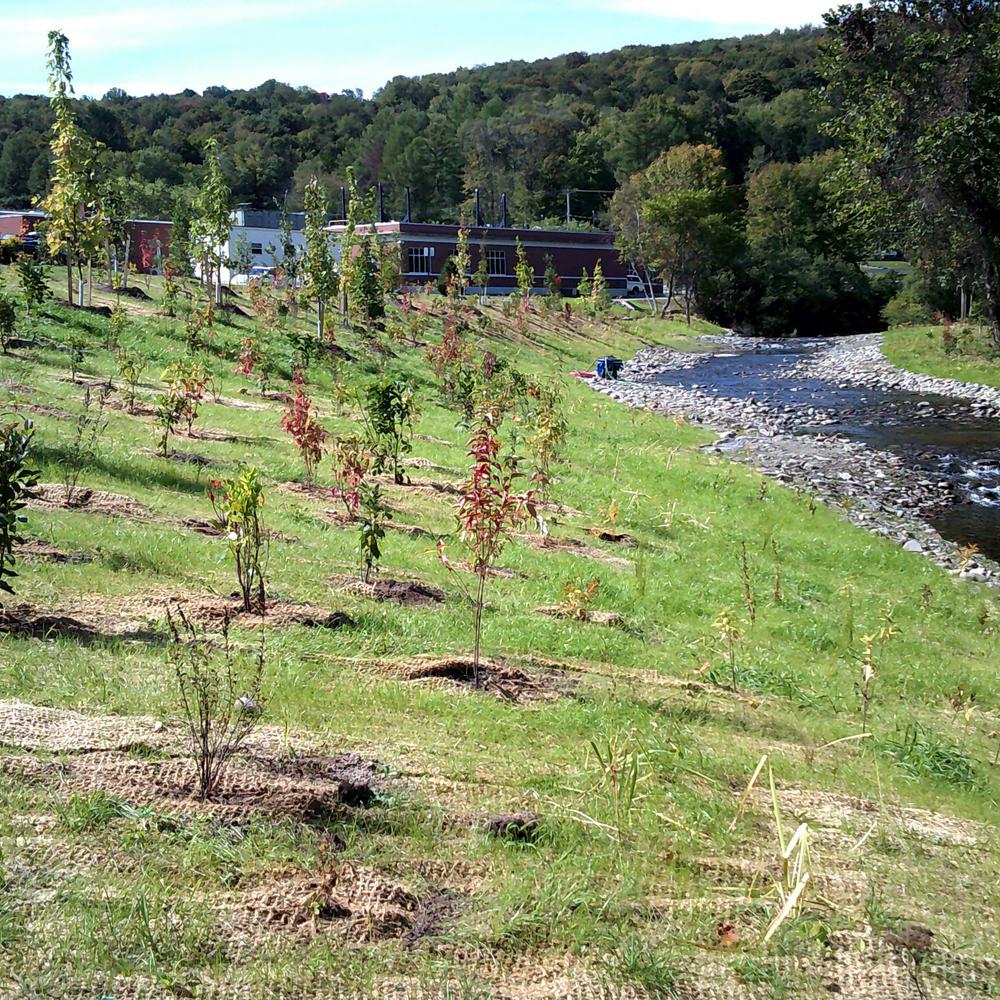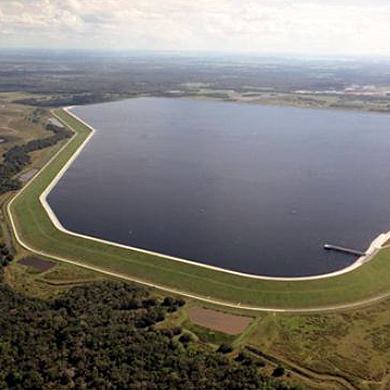Future-Proofing Water Operations in the Desert
Arizona’s largest renewable water supplier expands its climate adaptation playbook to sustain itself and protect its customers in a climate-altered future.
At a Glance
- The Central Arizona Project (CAP) delivers water to six million people in Central Arizona via a 336-mile-long canal stretching from Lake Havasu to Tucson. An ongoing megadrought in the Southwest threatens this precious water resource.
- Hazen and Sawyer partnered with CAP in 2018 to create their Climate Adaptation Plan, which looks at how hotter, drier conditions, coupled with potential population changes or economic turns, could impact not only the canal’s water supply, but also CAP’s supporting business functions.
- The plan lays out steps CAP can take now to prepare itself for the potential challenges and opportunities that a changing climate could present.

Greg Gates is a recognized water-rights expert. He has decades of experience identifying sustainable solutions for pressing water management challenges.
Related Topics:
Top photo The Central Arizona Project canal delivers water to more than 80% of the state’s population. Source: Central Arizona Project
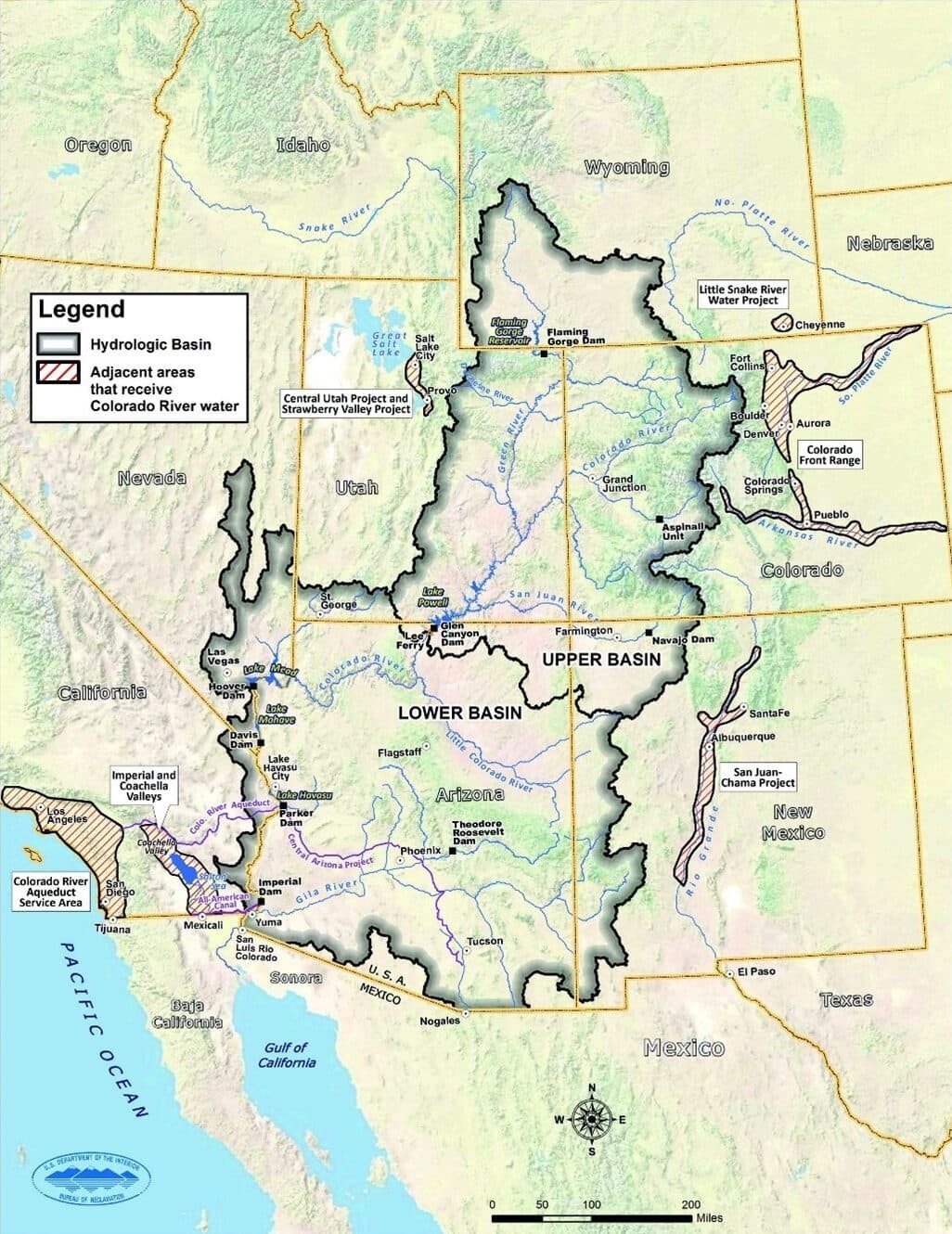
The Colorado River Basin provides water to nearly 40 million people in the seven Colorado River Basin States—Arizona, California, Colorado, Nevada, New Mexico, Utah, and Wyoming. Source: USBR CRB Study
Climate Change in the Colorado River Basin
The Central Arizona Project’s (CAP) water comes from the Colorado River Basin, which serves seven US states, 30 Tribes, and parts of Mexico. Since the year 2000, a megadrought in the Southwest has threatened the future of the region’s water supply. Record low precipitation and near-record high temperatures have decreased river flows and triggered the first-ever mandatory cuts in water supply in 2021.
Greg Gates, Project Manager for Hazen’s collaboration with CAP, worked on a 2012 study of the Colorado River Basin and has seen how rapidly conditions have worsened due to climate change. Back in 2012, potential water supply cutbacks and reductions seemed far off and unlikely to happen in the immediate future.
“We knew there was some risk of these things happening in this timeframe, but we were not expecting them tomorrow. We certainly were not expecting them in 2020 or 2021. We didn’t know that we were going to have the longest drought in recorded history.”
-Greg Gates, PE, Hazen Project Manager
Planning Beyond Water Supply
In 2018 Hazen facilitated workshops with CAP staff from across its business functions to conduct a formal scenario-planning business analysis of how climate change could impact the entire organization, not just the functions that deal with water supply. This includes business functions like Security, Legal, Maintenance, Financial, Communications, and Human Resources, which have not been traditionally evaluated when it comes to climate-adaptation planning.
“The big reveal out of this project is that we probably need to be thinking beyond just the water supply piece,” said Gates. “I have not seen many other entities starting to think about all the other functions and how they’re affected. To me, that’s the big ‘ah-ha’ piece that makes [CAP’s plan] unique.”
Charting the Possibilities
The Climate Adaptation Plan starts by establishing three different scenarios for the future, each defined by a different set of conditions: low/high water supply, low/high water demand, and strong/weak economic growth. The plan describes how factors like temperature, population growth, and precipitation, for example, could impact CAP differently depending on the scenario. For each implied possibility, the plan offers a corresponding adaptation strategy for the affected business function to tackle the challenge or leverage the opportunity.
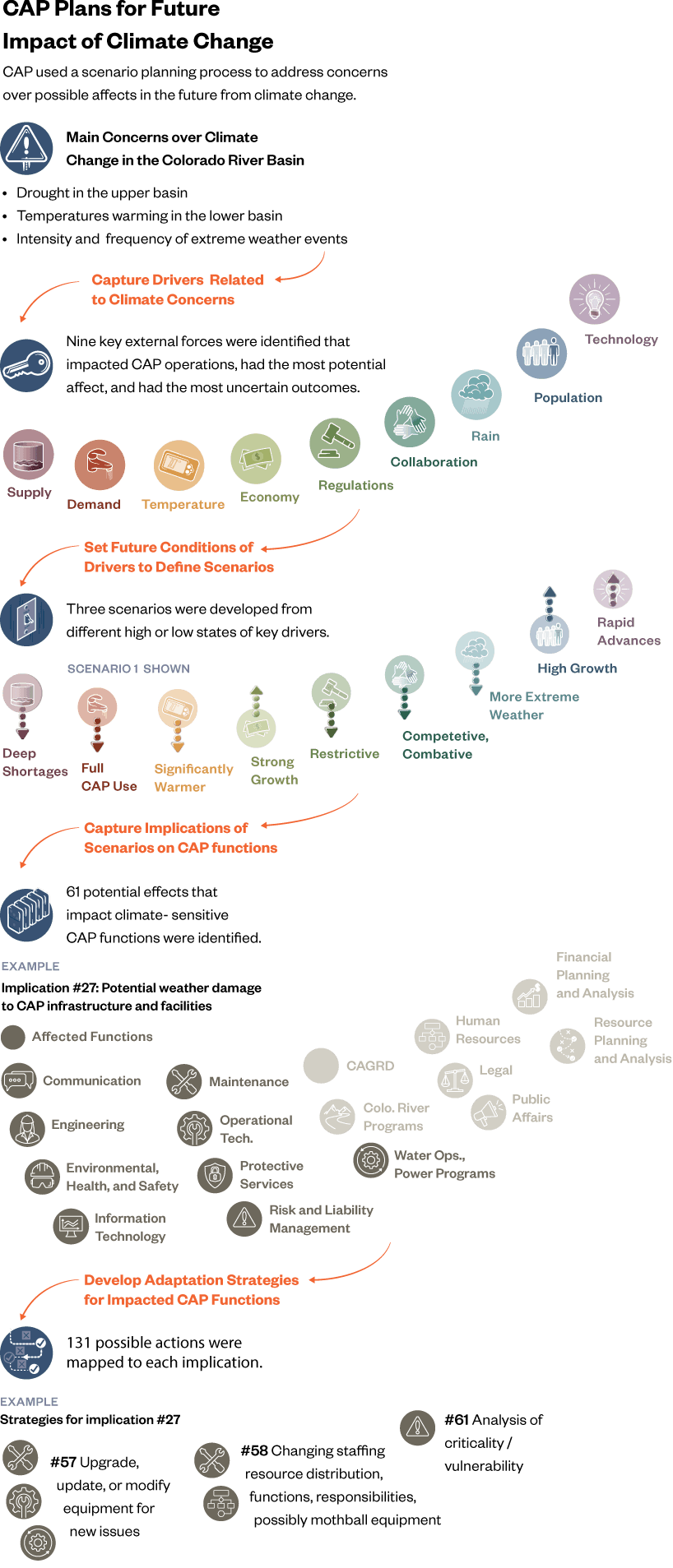
For example, in a future defined by low water supply, high demand for water, and a strong economy, plus conditions like higher temperatures and more extreme weather events could mean potential weather damage to CAP infrastructure (see above graphic).
Weather damage to CAP infrastructure would affect at least nine different CAP functions: communications, engineering, environmental, health, and safety, information technology, maintenance, operational technology, protective services, risk and liability management, water operations, and power programs.
To face this challenge, the plan suggests preemptive strategies that each department could utilize to adapt to that possibility, such as upgrading equipment, changing staffing and resource distribution, and analyzing criticality and vulnerability.
By identifying these possibilities now, the plan lays out what each department should prioritize depending on how the future plays out. Instead of reacting to the future as it unfolds, CAP can stay one step ahead and already be working towards sustainable solutions.

Horseshoe Bend in Arizona along the Colorado River. Photo by Sean Benesh on Unsplash
Good Stewards in an Uncertain Future
CAP’s Climate Adaptation Plan ultimately helps the water supplier continue to keep water rates low and quality of service high for their customers, no matter what the future holds.
“We may be thinking about water supply, but why do we think about water supply? We think about our supply because we have a duty and obligation to serve our customers. That is part of being a good steward of that resource,” Gates added.





